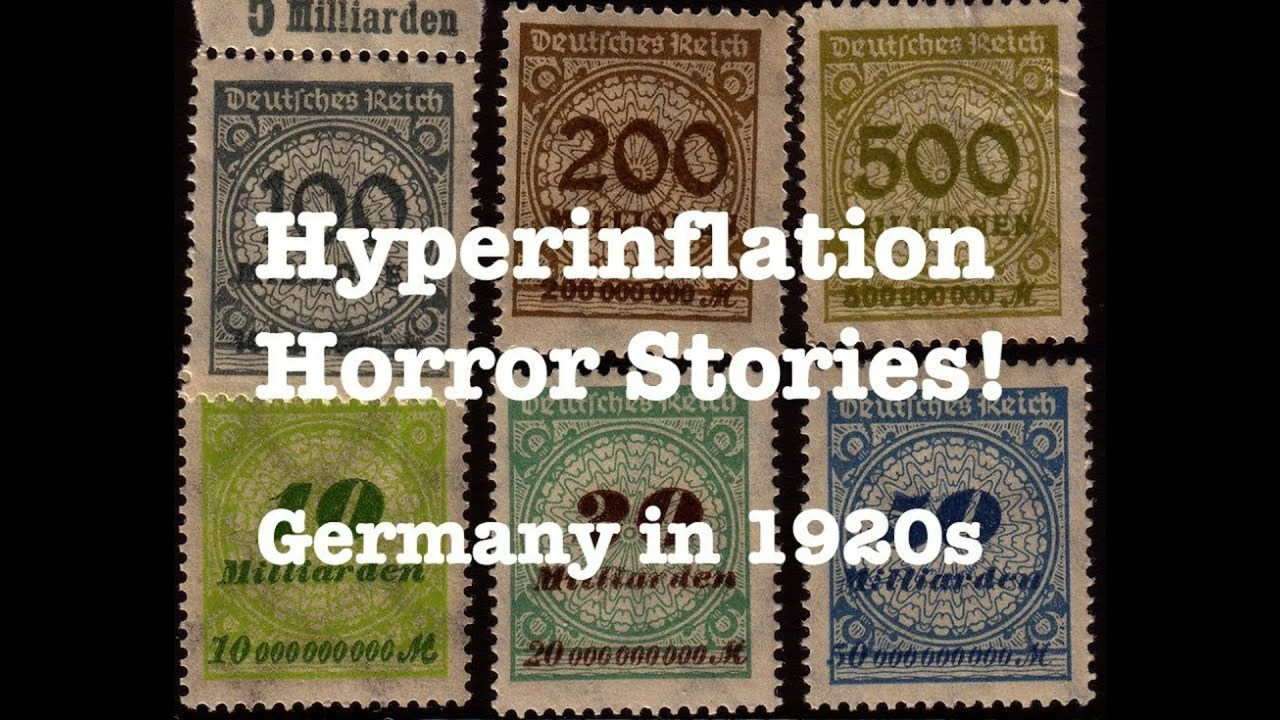Europe and most of the world are currently going through one of the worst inflations following World War II. But if you think this is bad, here is a friendly reminder things have been worse.
That is Germany in the 1920s. Hyperinflation in Germany in the 1920s was awful. At some point, prices doubled almost every 4 days.
Hyperinflation occurs when the inflation rate increases very rapidly, resulting in prices going up very fast and the currency losing its value quickly.
One of the most amazing hyperinflation cases in history happened in Germany in 1920s. As the result of World War I, the German Papiermark started to lose its value, and this process accelerated in 1920s. In 1923, prices eventually ran out of control.
The prices went up so much that people were forced to spends billions of marks for daily items and were dizzied by the amount of zeros involved. As an example, a loaf of bread, which cost 250 marks in January 1923 rose to 200,000 million marks in November 1923.
Or a newspaper that was sold for 1 Mark in May 1922, had a price tag of 70 million marks in November 1923.
There is evidence that it was cheaper to burn Marks instead of wood or coal. Some used Marks instead of wallpaper to decorate their walls. Children also used bundles of Marks instead of toy bricks!
Workers also had to negotiate their wages almost on a daily basis. Some had to use scale to count the weight of their money to get its value, as it was difficult to count all the bills.
The German government eventually managed to stabilize the situation by taking a number of initiatives including cutting 12 zeros from the papiermark and replacing it with a new currency called rettenmark. However, the economic pressure on Germans eventually contributed to the rise of the Nazi party that used Germany’s dire economic situation to attract Public’s support and eventually gain power.





















